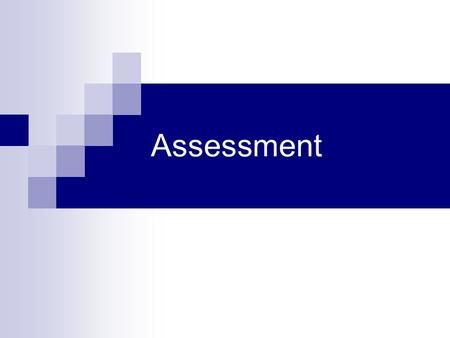Introduction
In academic and professional settings, late work has always been a topic of debate. Whether it’s in a high school classroom, at a prestigious university or within a deadline-driven workplace, opinions vary on how lenient one should be towards those who submit work after the planned deadline. In this article, we will examine the competing arguments around accepting late work and explore potential solutions for balancing fairness with productivity.
The Case for Accepting Late Work
For some, the willingness to accept late work is driven by compassion and understanding towards an individual’s unique circumstances. There are various reasons why a person may submit work past its deadline – illness, family emergencies, and personal crises can all play a part in causing delays. By offering some leeway and flexibility, we are supporting emotional well-being and encouraging people to be accountable for their own responsibilities.
Furthermore, educators argue that the primary goal of education is learning and growth. Penalizing students for late submissions may detract from their educational experience by putting more stress on timeliness rather than the quality of their work. After all, what truly matters is whether students understand the material being taught.
The Case Against Accepting Late Work
Those who oppose accepting late work often have concerns centered around fairness and productivity. A deadline holds importance as it ensures that all individuals are treated equally – if one person receives an extension, others may feel undervalued or unfairly disadvantaged. This perceived inequality can lead to resentment amongst colleagues or classmates.
Additionally, deadlines are intended to foster time management skills – an invaluable trait necessary for success in personal and professional pursuits. By enforcing submission deadlines consistently, educators and managers reinforce the importance of punctuality. This also guarantees smooth progress within group projects or departmental workflows.
Finding A Balance
Striking a balance between these contrasting viewpoints is no easy task, but several potential solutions exist. One approach is to consider a tiered late policy, where the first instance of late submission will have minimal consequences, but subsequent instances will incur stricter penalties. This allows an element of flexibility while still emphasizing the importance of timely work.
Another solution is to encourage open communication between students or employees and their superiors. When individuals are aware of each other’s unique circumstances, they are better equipped to make informed decisions regarding deadline extensions on a case-by-case basis.
Conclusion
The decision to accept late work is not a black and white matter. The challenge lies in navigating the balance between understanding individual circumstances and maintaining fairness and productivity. By considering tiered late policies and fostering open communication, we can create an environment where everyone has the opportunity to succeed.











